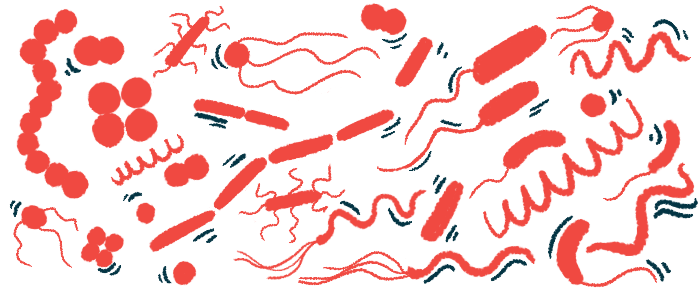Blood transfusions, antibiotic resolve CAD secondary to pneumonia: Study
'Early recognition and appropriate management can lead to a favorable outcome'
Written by |

A young woman developed cold agglutinin disease (CAD) secondary to pneumonia, but responded well to red blood cell transfusions and treatment with the antibiotic doxycycline, according to a U.S. report.
When CAD occurs secondary to an infection, “supportive therapy and treatment of the underlying infection is sufficient,” researchers wrote. “Early recognition and appropriate management can lead to a favorable outcome.”
The report, “Hemolytic Anemia in the Setting of Atypical Pneumonia: A Case of Cold Agglutinin Disease,” was published in the journal Cureus.
CAD can lead to complications such as low red blood cell counts, blood clots
CAD occurs when the immune system makes self-reactive antibodies that stick to the surface of red blood cells at low temperatures, causing them to clump together and die prematurely.
The disease can lead to complications like anemia (low red blood cell counts) and thrombosis (formation of blood clots that can block blood vessels and impair blood flow). These complications can be serious, which is why it is important to get a timely diagnosis and treatment.
There are two types of CAD: primary CAD, which occurs in the absence of other illnesses and whose cause is unknown; and secondary CAD, which occurs in association with an underlying health condition, such as an infection or another autoimmune disease.
Here, researchers described the case of a young woman with secondary CAD who was successfully treated with a combination of antibiotic and supportive therapies.
The 23-year-old woman was admitted to the emergency room with generalized body aches, fatigue, and lightheadedness that she had been experiencing for the past 10 days. She recently had an upper respiratory infection which was treated with the antibiotic cefdinir.
When doctors examined her, she looked pale with yellowish skin. Blood tests revealed a high number of neutrophils, a type of white blood cell. She also had a low level of hemoglobin — the protein that carries oxygen in red blood cells. A low hemoglobin level may be a sign of anemia.
The patient received two units of packed red blood cells, which led to a short-term increase of her hemoglobin levels. Later, she received six more.
This case highlights the importance of considering secondary [CAD] in patients with cold symptoms or unexplained hemolysis [red blood cell destruction].
Additional blood tests revealed a high number of reticulocytes, which are immature red blood cells. The level of lactate dehydrogenase, a marker of cell damage, was high, whereas that of haptoglobin, a protein that binds to hemoglobin, was low.
A closer look at her blood revealed that her red blood cells were smaller than normal and that they were sticking together in clumps, sometimes forming long chains.
The next day, the woman experienced chest discomfort. She had a high level of troponin in her blood, which may be a sign of heart damage. However, an heart ultrasound and a chest X-ray did not reveal anything unusual.
At that point, doctors suspected she had developed CAD secondary to her recent respiratory infection. While they failed to find self-reactive antibodies in her blood or to the infection-causing germ, the woman was treated with doxycycline, a broad-spectrum antibiotic.
Her hemoglobin levels increased and she was discharged four days later. At a follow-up visit two weeks later, her hemoglobin levels continued to rise and she showed no signs of red blood cell destruction.
“This case highlights the importance of considering secondary [CAD] in patients with cold symptoms or unexplained hemolysis [red blood cell destruction],” the researchers wrote.






